#*infodumps*
Explore tagged Tumblr posts
Text
@ruby-static "funny slice of life moments part 3957" edition!
Where Oop I'm back on this one again yippee!


Shawn: ....all the cheese...

Quil: all the cheese?
Shawn: all the cheese
Quil: ohh

Anna: damn bro I'm so glad I'm not going through your predicament
Shawn: anna stfu
Anna: no :)
Quil: *trying not to laugh*
Poor Shawn just going through it and his two buds are like "damn that's crazy bro" *whEEZE*

Anna: you look horrible
Shawn: I feel it too
Although the worry does grow when the dude starts becoming super damn tired, Anna is mildly concerned aaa

Dan: son you GOTTA rest..

Dan: how you feeling?
Shawn: shitty x5
Dan is also worried too, then again he is Shawns dad. He's always worried for his boy *cries*
And the finale!

Orion: oh this is incredibly rare for emperor penguins, so there's 2-

Shawn: TWO?-

Shawn: is that why I've been feeling so shitty!?
Clay: :D I'm in danger!
Poor clay just sitting there like "oh this is gonna be a day!" AKFHAKFHA.
#agent a anna#agent a quil#shawn#wildcard dan#orion#clay#club penguin ocs#club penguin oc#club penguin#tmw emperor penguin twin eggs have happened but only once in zoo meaning theres definitely situations where this has happened in the wild-#*infodumps*
7 notes
·
View notes
Text
if you’ve never played a pokémon game you’re missing out on the insane things npcs will say to you unprompted. like you’ll be walking down a path and a total stranger will see you and immediately run up to you and trap you in place and say something like ‘the divorce is getting rough but me and my pokémon are getting tough!’ and then start a battle and after you beat their single rat they’ll be like ‘i wasn’t worthy of her…’ or something
#goldie plays pokémon black… 2!!!#i appreciate the infodump about your clothing man idk#i don’t need to hear about your medical history please#hall of fame i guess#hey everyone check out my pokémon liveblog while you’re here it’s a fun ride
28K notes
·
View notes
Text
Teamwork makes the Kinger work!
A short tadc comic :)



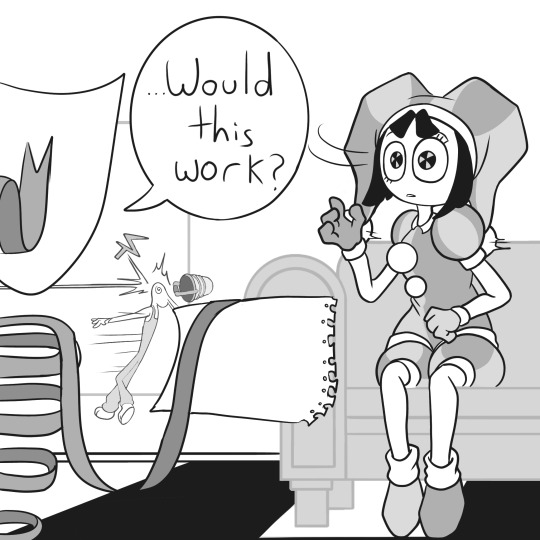






"EW~" yourself, Jax.
#I was too lazy to colour lmao#the amazing digital circus#tadc#tadc fanart#tadc pomni#tadc kinger#tadc jax#tadc gangle#tadc ragatha#tadc zooble#tadc comic#tadc ep 3#fanart#digital art#ibispaint art#LET THE OLD MAN INFODUMP✨️
13K notes
·
View notes
Text
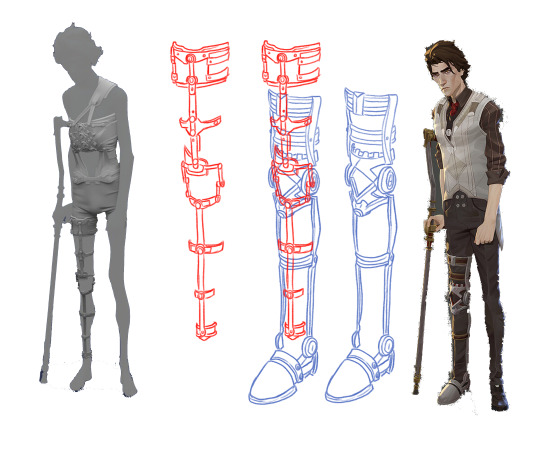
Was looking at refs and since Viktor has two different leg braces I was wondering, do we think he wears them simultaneously?? The refs don't perfectly line up perspective-wise so it's hard to tell but parts of the one he wears during the Hexcore scenes look like they could maybe line up with the brace that he wears over his clothes, but also some parts really don't and look like they'd be super uncomfy. Also HOW does he take these on and off. Experts weigh in
#viktor#arcane#ig my assumption would be that he wears both simultaneously cause in the scene where he injects the shimmer#it seems implied that he just threw off his clothes and kept experimenting#so one might assume he was already wearing the smaller one underneath#tho it is a funny image to think of him just being like 'one sec i gotta go all the way home and grab my other brace to do this'#he can take off the back brace too cause hes not wearing it in the scene where he's in the hospital bed and you can see his shoulder#where the strap would be#but that one seems to make even less sense functionality wise#everything looks like its screwed together#or screwed INTO him#but only the top bolts on his spine are i think#in the close ups of his back brace model it looks like theres cushioning underneath the parts of it that cover the rest of his spine#so he can take it off. but HOW#what parts of it unscrew/detatch to pull open and off#does it not do that at all and he just has to shimmy it off his shoulder and all the way down his legs to get it off like a romper#the shape language of the designs are cool but like. tell me how it wooorrkkksss#forgive me if im just dumb and dont know at all how braces work and theres a very simple practical explanation for all this#any king who wants to infodump about mobility aids at me....the floor is yours#something to be said i suppose about the fact that zaunites have crazy prosthetics with wild augmentations that work flawlessly#and piltover's like. idk heres some fucking uncomfortable ass metal. salo gets wheelchair in non ada compliant place#they havent ever needed to adapt to accommodate disabilities etc etc#or maybe artists were just like 'heres a design' and everybody clapped and didnt give it a second thought#and then they just turned off the visibility on the mesh when they didnt need it knowing thered not be a scene where its taken off#dont even wanna THINK about what that rig would look like#like 40 different controllers#soft body and rigid hard surfaces needing to move together....#a cold chill just shot up my spine#<- guy who is only an animator and doesnt know how to rig#forgive the magic wand tool with zero cleanup. i am lazy
5K notes
·
View notes
Text
I have an interview at the Maine Oceanarium today and the guy emailed me JUST NOW and was like Hey can you put together a short presentation on an animal of your choice. My interview is in like 3 hours
12K notes
·
View notes
Text
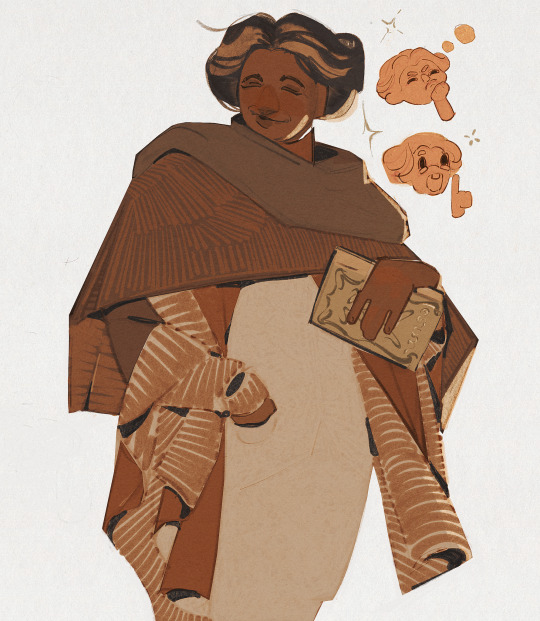
all it took for verin to enter my top 5 wot characters was a single pov. i love u verin sedai
#my art#wheel of time#wot#the wheel of time#verin sedai#verin mathwin#artists on tumblr#digital art#illustration#fanart#would let her infodump me for hours#my beloved#twot
5K notes
·
View notes
Text
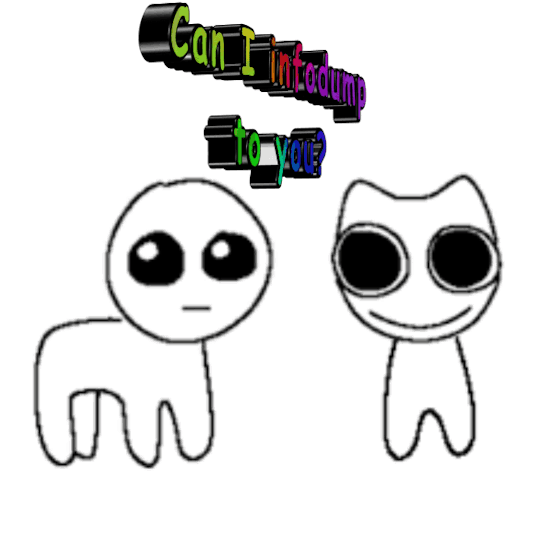
#can i infodump to you?#textanimations#text animations#text animation#animated text#word art#rainbow#multicolor#tbh creature#btw creature#autism creature#adhd creature#infodump#infodumping#autism#adhd#neurodivergent#neurodiverse#audhd#autism meme#autism humor#autistic#adhd meme#adhd humor#meme
3K notes
·
View notes
Text

Fenny!
[my oc]
#i wanted to infodump about them so bad but felt too shy... maybe later...#artists on tumblr#artwork#my ocs#original character#oc#oc art#ocs#illustration
2K notes
·
View notes
Text
I don't think people realize how absolutely wild Linux is.
Here we have an Operating system that now has 100 different varieties, all of them with their own little features and markets that are also so customizable that you can literally choose what desktop environment you want. Alongside that it is the OS of choice for Supercomputers, most Web servers, and even tiny little toy computers that hackers and gadget makers use. It is the Operating System running on most of the world's smartphones. That's right. Android is a version of Linux.
It can run on literally anything up to and including a potato, and as of now desktop Linux Distros like Ubuntu and Mint are so easily to use and user friendly that technological novices can use them. This Operating system has had App stores since the 90s.
Oh, and what's more, this operating system was fuckin' built by volunteers and users alongside businesses and universities because they needed an all purpose operating system so they built one themselves and released it for free. If you know how to, you can add to this.
Oh, and it's founder wasn't some corporate hotshot. It's an introverted Swedish-speaking Finn who, while he was a student, started making his own Operating system after playing around with someone else's OS. He was going to call it Freax but the guy he got server space from named the folder of his project "Linux" (Linus Unix) and the name stuck. He operates this project from his Home office which is painted in a colour used in asylums. Man's so fucking introverted he developed the world's biggest code repo, Git, so he didn't have to deal with drama and email.
Steam adopted it meaning a LOT of games now natively run in Linux and what cannot be run natively can be adapted to run. It's now the OS used on their consoles (Steam Deck) and to this, a lot of people have found games run better on Linux than on Windows. More computers run Steam on Linux than MacOS.
On top of that the Arctic World Archive (basically the Svalbard Seed bank, but for Data) have this OS saved in their databanks so if the world ends the survivors are going to be using it.
On top of this? It's Free! No "Freemium" bullshit, no "pay to unlock" shit, no licenses, no tracking or data harvesting. If you have an old laptop that still works and a 16GB USB drive, you can go get it and install it and have a functioning computer because it uses less fucking resources than Windows. Got a shit PC? Linux Mint XFCE or Xubuntu is lightweight af. This shit is stopping eWaste.
What's more, it doesn't even scrimp on style. KDE, XFCE, Gnome, Cinnamon, all look pretty and are functional and there's even a load of people who try make their installs look pretty AF as a hobby called "ricing" with a subreddit (/r/unixporn) dedicated to it.
Linux is fucking wild.
11K notes
·
View notes
Text
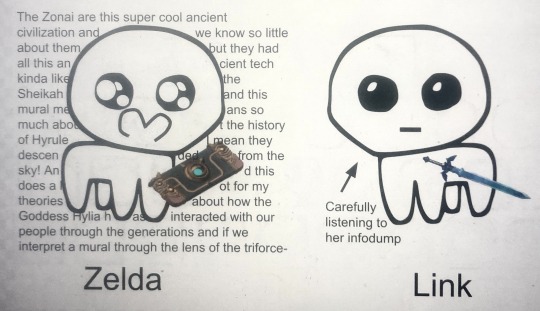
Their entire relationship
#tears of the kingdom#legend of zelda#zelda#totk zelda#link#totk link#zelink#totk spoilers#tbh creature#autism hc#autism creature#I am both#Get you a man who will sit and look pretty while you explain ancient civilizations to him#Exposition? No I see only an infodumping queen#something to nom on#Because ppl are (rightfully) clowning on me: image is weird bc I made it on laptop but it changed spacing on phone#So I took a photo of my laptop screen#^^ technologically incompetent
28K notes
·
View notes
Text
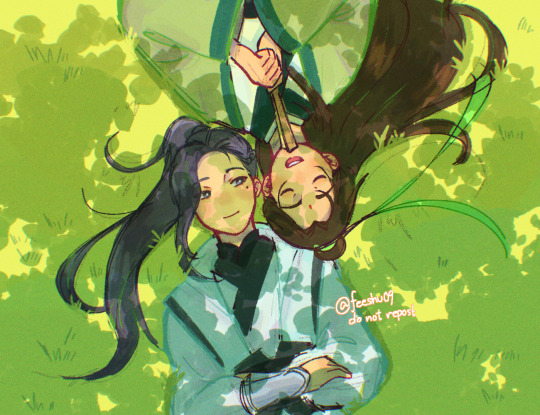
pov: you're listening to your shixiong ramble about something called a "poke...mon" (??)
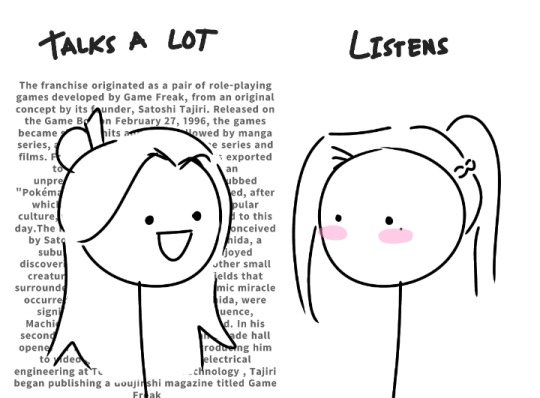
#mxtx svsss#scum villian self saving system#svsss fanart#liu qingge#shen qingqiu#shen yuan#my art#alternatively#“shixiong infodumps but you hang onto every word because youre whipped for him”#“but you aren't aware of it yet”#liushen
4K notes
·
View notes
Text
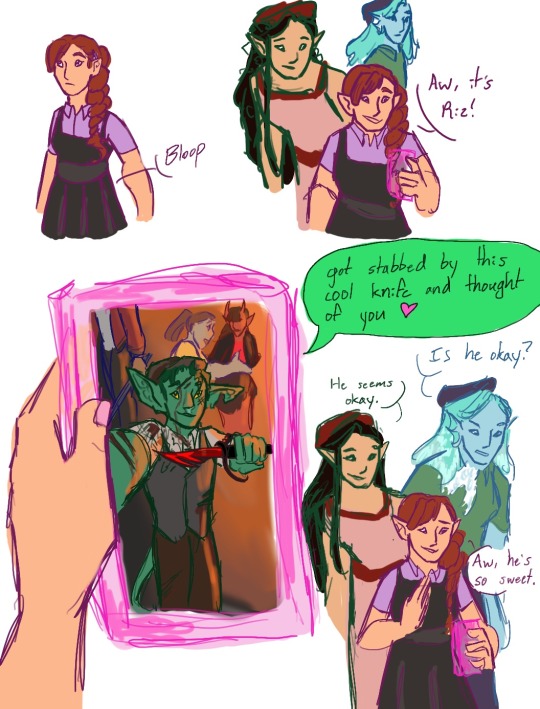
sorry but I just KNOW Riz and Penny have the most unhinged text chain known to man happening off screen
#riz gukgak#penny luckstone#their text chain is like. full of random infodumping at 3am on BOTH SIDES#there will be weeks of radio silence before one of them drops a concerning selfie where they're just grinning from ear to ear#riz regularly sends penny pictures of bloody knives with no explanation other than “thinking of you!! <3”#sometimes penny sends ominous text messages with coordinates and stuff#and riz will show up at the spot and its just her cheerfully bringing him an iced coffee#no other friends are ever allowed to answer their text messages to one another#on separate occasions both the seven maidens and the bad kids were like “haha who can do the best impression of penny/riz#to trick the other rogue“#and it went sooo poorly both times#because of course they could immediately tell and the solution they both jumped to was “my good friend has been kidnapped AGAIN”#and for both of them violence IS the answer#fantasy high
1K notes
·
View notes
Text




Luffy flirting
#ofc zoro knows exactly what he’s doing#and reacts accordingly#(infodumps about swords)#zolu#one piece zoro#one piece luffy#op zoro#op luffy#zoro x luffy#one piece zolu#one piece#one piece fanart#op fanart#luzo#5k
7K notes
·
View notes
Text
take so good im posting it here too

#ramblings#please god SOMEBODY TALK TO ME ABOUT ALL MY MIKEY IDEAS#I HAVE SO MANY#how does one make friends in this fandom i need to infodump to somebody in an obscure discord server before i go insane#the potential of his mystics oh my god there’s so many good stories that could arise#I need rise to get more seasons just so they can play around with Mikey’s powers#THEY CAN LITERALLY CROSS TIMELINES AND DIMENSIONS WITH HIS PORTALS#ITS THE PERFECT SETUP FOR A CROSSOVER WITH ANOTHER ITERATION#OR JUST SOME REALLY COOL EPISODE IDEAS#PLEASE#I BEG OF YOU#GODS OF ANIMATION#ok I’m done now
1K notes
·
View notes
Text
i wish we got to see more donnie in close combat because that boy was KILLING IT

like YOURE KIDDING?? BRO IS INSANE I LOVE HIM SM
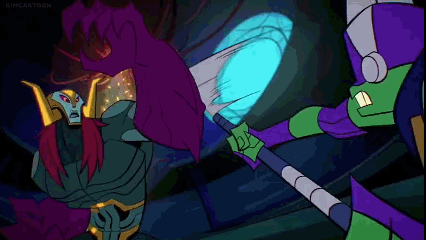
LIKE HES MAINLY ON THE DEFENSIVE BUT BRO USES THE SURROUNDING ELEMENTS AT HIS DISPOSAL. LIKE HE’LL COMBINE HIS AND MIKEYS WEAPONS TOGETHER, HE’LL USE HIS ATTACKERS’ WEAPONS AGAINST THEM AND AHHHHH HES JUST SO COOOLLLL
HE DEFENDS UNTIL THEYVE WORN THEMSELVES OUT AND THEN HE GETS THE CHANCE TO ATTACK LIKE WAHHHHHHH
LIKE BRO PLEASEEEEE I WANT MOREEEE
#rottmnt#rise of the tmnt#rise of the teenage mutant ninja turtles#rottmnt movie#save rise of the teenage mutant ninja turtles#save rottmnt#unpause rise of the tmnt#unpause rottmnt#rottmnt donnie#unpause rise of the teenage mutant ninja turtles#save rise of the tmnt#rise of tmnt#tmnt 2018#tmnt donatello#tmnt#teenage mutant ninja turtles#elva infodump#infodump
7K notes
·
View notes